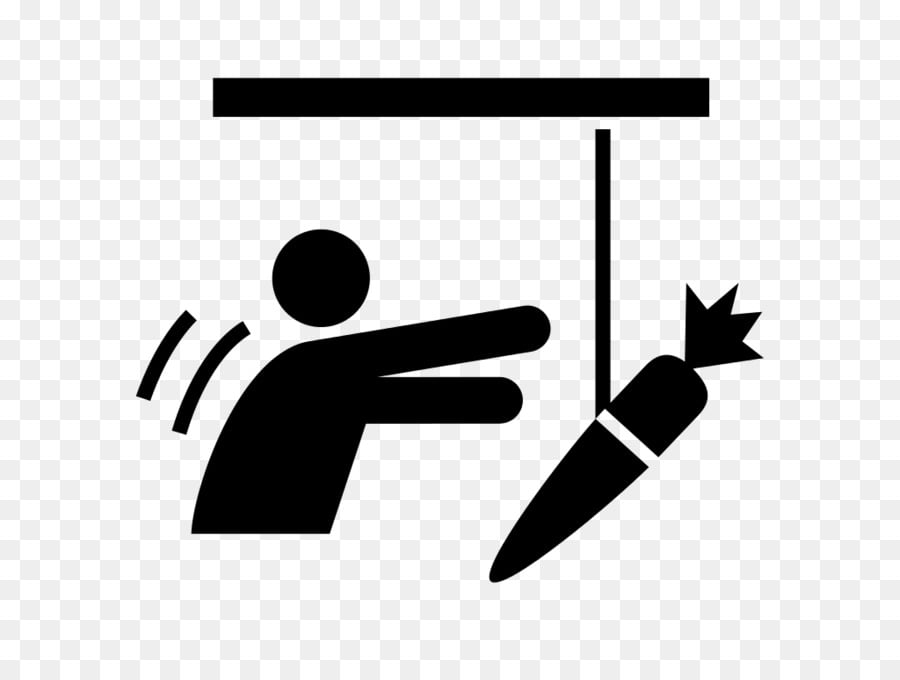Strategic Pricing Strategies for the Digital Economy
In the ever-evolving digital economy, businesses need to adopt effective pricing strategies to stay ahead of the game. With the rise of e-commerce and online platforms, traditional pricing models have become obsolete. To help you navigate the complexities of the digital marketplace, we have compiled a list of 15 strategic pricing strategies that will ensure your business thrives in the digital era. So, put on your entrepreneurial hat and get ready to revolutionize your pricing strategy!
-
Dynamic Pricing 💰: Embrace the power of real-time data to adjust prices based on demand, competition, and customer behavior. For example, ride-sharing services like Uber and Lyft dynamically adjust fares based on factors such as time of day and surge in demand.
-
Freemium Model 🆓: Offer a basic version of your product or service for free, enticing customers to upgrade to a premium version with additional features. Companies like Spotify and Dropbox have successfully adopted this strategy to attract a large user base.
-
Value-Based Pricing 💎: Set prices based on the perceived value customers derive from your product or service. This approach allows you to capture a premium by aligning your pricing with the benefits your customers receive. Apple's pricing strategy for its iPhones is a prime example of value-based pricing.
-
Pay-Per-Use 💳: Instead of charging a fixed price, allow customers to pay only for what they use. This approach is popular among cloud service providers like Amazon Web Services (AWS) and Microsoft Azure, where customers are billed based on their actual usage.
-
Bundle Pricing 🎁: Create bundled offerings by combining multiple products or services at a discounted price. This strategy not only encourages customers to purchase more but also helps you increase the perceived value of your offerings. A classic example is fast-food combos that include a burger, fries, and a drink at a lower price than purchasing them individually.
-
Psychological Pricing 🧠: Utilize pricing techniques that tap into consumers' emotions and perception of value. For instance, setting prices slightly below a round number ($9.99 instead of $10) creates the illusion of a better deal and encourages impulse purchases.
-
Loss Leader Pricing 📉: Offer a product or service at a price lower than its cost to attract customers who may then purchase other profitable items. Supermarkets often use this strategy by offering heavily discounted prices on staple products to attract customers and increase overall sales.
-
Freemium to Premium Upselling 💼: Convert free users into paying customers by strategically offering exclusive features or enhanced functionality that can only be accessed through a premium subscription. LinkedIn, for example, offers a free version with limited features and a premium version with advanced networking tools.
-
Penetration Pricing 🚀: Set initial prices low to quickly gain market share and create a barrier for new entrants. Technology companies like Xiaomi and OnePlus have effectively utilized this strategy to penetrate markets with affordable yet feature-rich products.
-
Price Discrimination 🎟️: Tailor prices based on customers' willingness to pay, demographics, or buying patterns. Airlines practice this strategy by offering different fare classes for the same flight, allowing them to maximize revenue from various customer segments.
-
Time-Limited Offers ⏳: Create a sense of urgency and encourage immediate purchase by offering limited-time discounts or promotions. E-commerce giant Amazon's "Lightning Deals" are a prime example of time-limited offers that drive customers to make quick buying decisions.
-
Dynamic Discounts 💥: Adjust prices based on customer behavior, loyalty, or engagement. For example, online retailers like ASOS offer dynamic discounts to loyal customers based on their shopping history.
-
Price Skimming 📈: Set high initial prices for innovative or unique products to maximize initial profit before competitors enter the market. Apple's pricing strategy for its new product launches is a textbook example of price skimming.
-
Competitive Pricing 🏆: Monitor and adjust prices based on your competitors' offerings. This strategy ensures that your prices remain competitive and allows you to differentiate your business based on other factors such as customer service or product quality.
-
Subscription Pricing 📚: Offer customers the convenience of a subscription-based model, where they pay a recurring fee for access to your products or services. Popular examples include Netflix, Spotify, and Adobe Creative Cloud.
In conclusion, the digital economy presents numerous opportunities for businesses to optimize their pricing strategies. By embracing dynamic pricing, freemium models, value-based pricing, and other innovative approaches, you can set your business up for success in the digital era. So, which pricing strategy resonates with your business the most? Which strategy do you think holds the greatest potential for growth? We'd love to hear your expert opinion! 🤔





